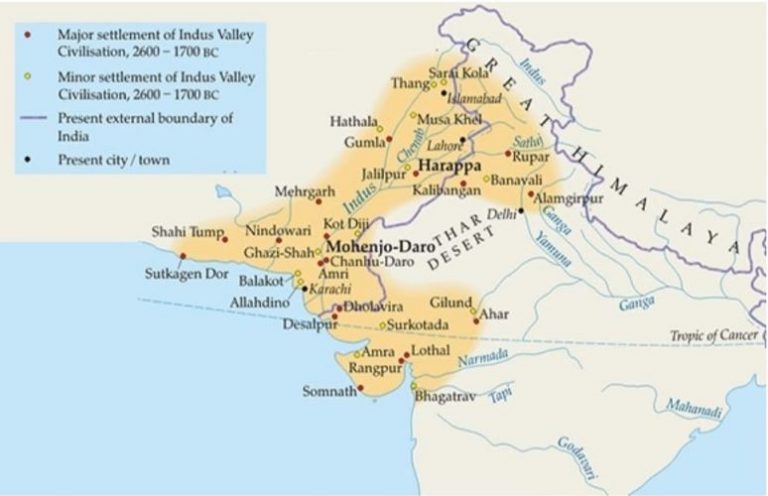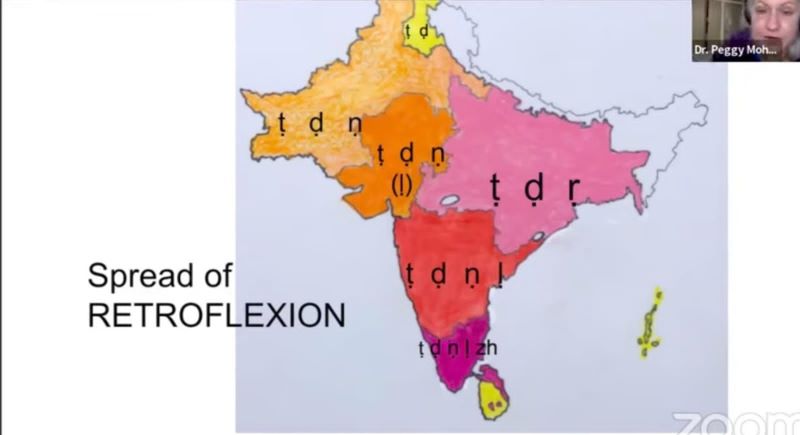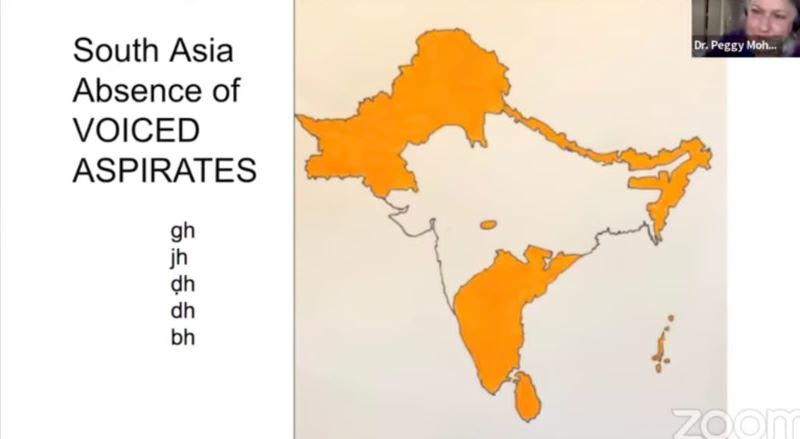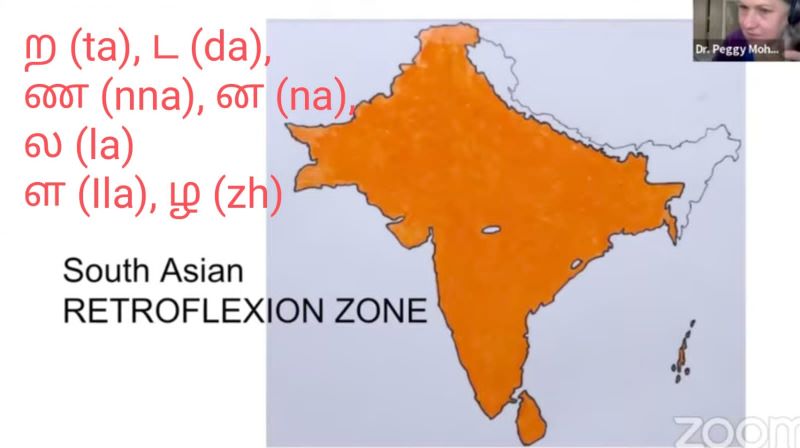
Dravidian Influence on Indo-European Evolution and the Dravidian Roots of the Harappan Language
By Bp. Dr. J Ravikumar Stephen G.
The Indo-European languages lack phonetic retroflexion, the act of curling the tip of the tongue upwards and backwards towards the hard palate when articulating certain sounds. However, Dravidian languages exhibit retroflexion. Sanskrit, an Indo-European language, underwent changes when the Aryans introduced their oral tradition in South Asia, resulting in the emergence of several Indo-Aryan languages through language admixture.
 Aryan men, upon their arrival, did not bring their wives with them and instead married local Dravidian women. As a result, children were exposed to their mother’s language, which included phonetic retroflexion, until the age of five. Subsequently, upon accompanying their fathers after the age of six, the boys were influenced by their father’s language, incorporating phonetic retroflexion even when speaking Sanskrit.
Aryan men, upon their arrival, did not bring their wives with them and instead married local Dravidian women. As a result, children were exposed to their mother’s language, which included phonetic retroflexion, until the age of five. Subsequently, upon accompanying their fathers after the age of six, the boys were influenced by their father’s language, incorporating phonetic retroflexion even when speaking Sanskrit.
 The fusion of Proto-Tamil with Sanskrit and Prakrit gave rise to several Indo-European languages with phonetic retroflexion, as depicted in the first map. The second map underscores the divergence of Sanskrit from other European languages due to the widespread influence of Dravidian languages across South Asia before 1200 BC.
The fusion of Proto-Tamil with Sanskrit and Prakrit gave rise to several Indo-European languages with phonetic retroflexion, as depicted in the first map. The second map underscores the divergence of Sanskrit from other European languages due to the widespread influence of Dravidian languages across South Asia before 1200 BC.
A distinctive feature of Dravidian languages is the absence of ‘voiced aspirates, consonants pronounced with a breathy voice. The third map illustrates the geographical distribution of regions devoid of voiced aspirates, highlighting the linguistic similarities between South Indian languages and those of Northwestern South Asia.
 Examining the fourth map, which delineates the geographical locations of the Indus Valley Civilization sites, reveals a correlation between the languages spoken along the Indus River basin, where the Harappans resided, and the Dravidian languages. This connection suggests that the language spoken in the Indus Valley Civilization was Dravidian.
Examining the fourth map, which delineates the geographical locations of the Indus Valley Civilization sites, reveals a correlation between the languages spoken along the Indus River basin, where the Harappans resided, and the Dravidian languages. This connection suggests that the language spoken in the Indus Valley Civilization was Dravidian.
Read: Unveiling Linguistic Heritage: Dravidian Influence on Marathi, Gujarati, Marwari, and Sindhi
__________________
 Dr. J Ravikumar Stephen G., is the Founder, Dravidianism Revival Centre, Peace Coalition of the People of South Asia, and Sages of the New Covenant. He is also the Presiding Bishop of General Convention of the Episcopal Churches in Southern and South Eastern Asia. The Dravidianism Revival Centre is located in Badlapur, Greater Thane Maharashtra, India.
Dr. J Ravikumar Stephen G., is the Founder, Dravidianism Revival Centre, Peace Coalition of the People of South Asia, and Sages of the New Covenant. He is also the Presiding Bishop of General Convention of the Episcopal Churches in Southern and South Eastern Asia. The Dravidianism Revival Centre is located in Badlapur, Greater Thane Maharashtra, India.